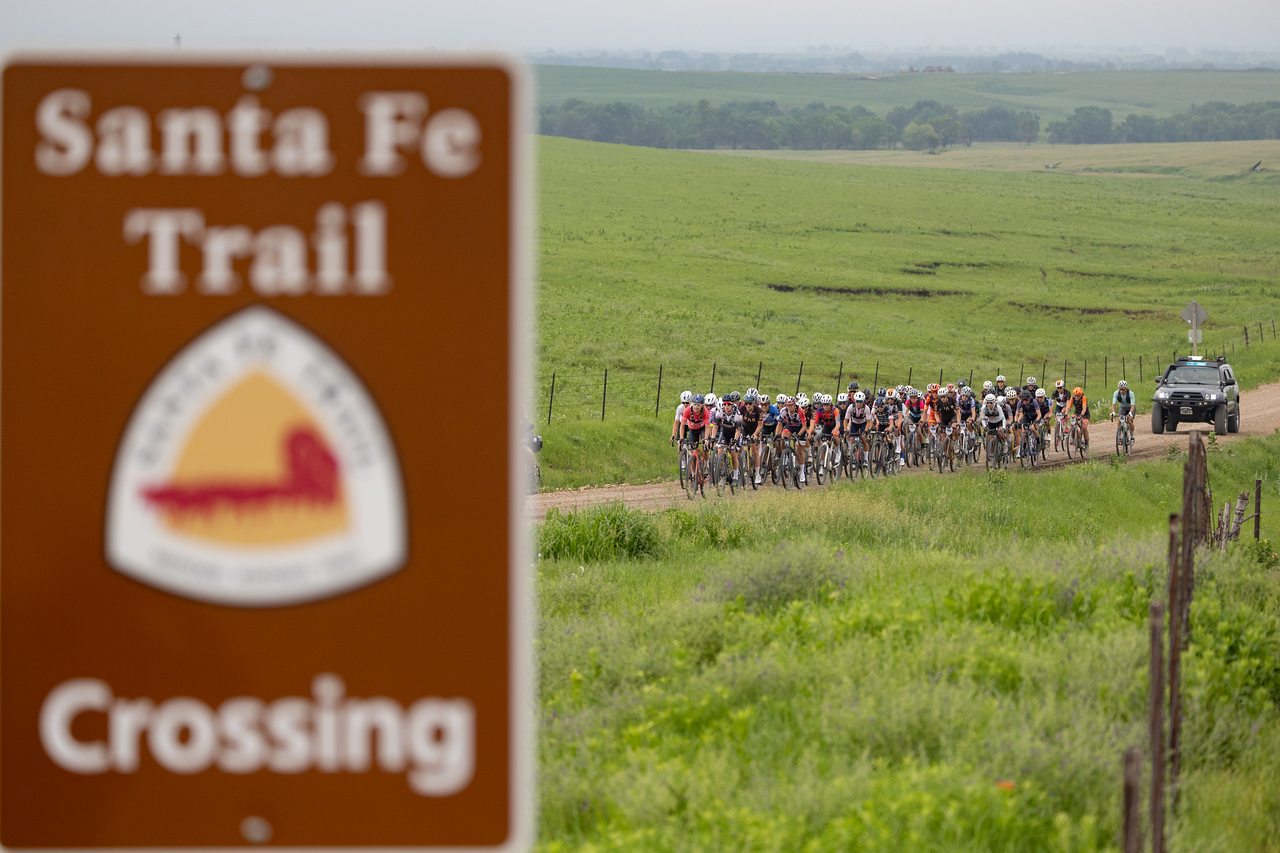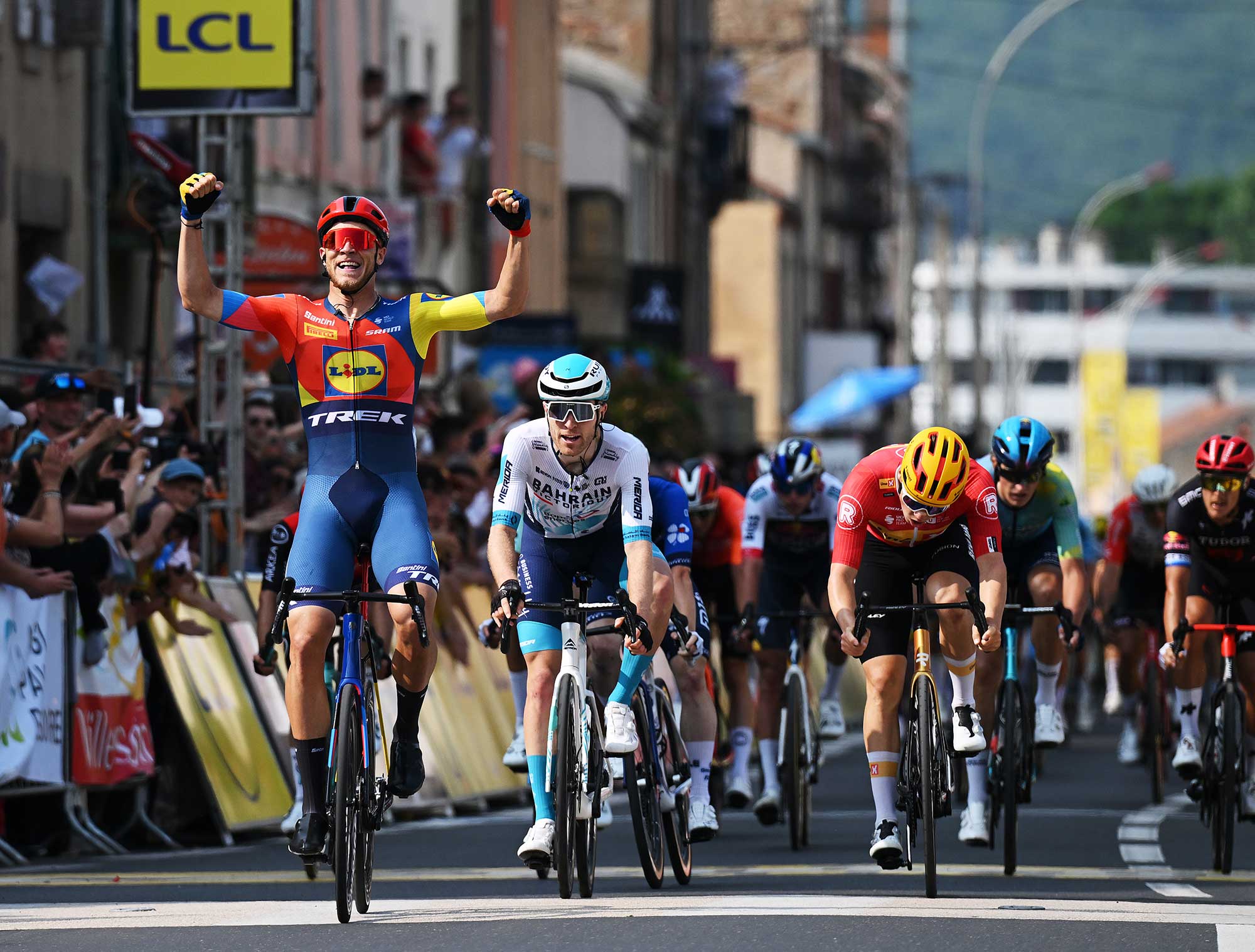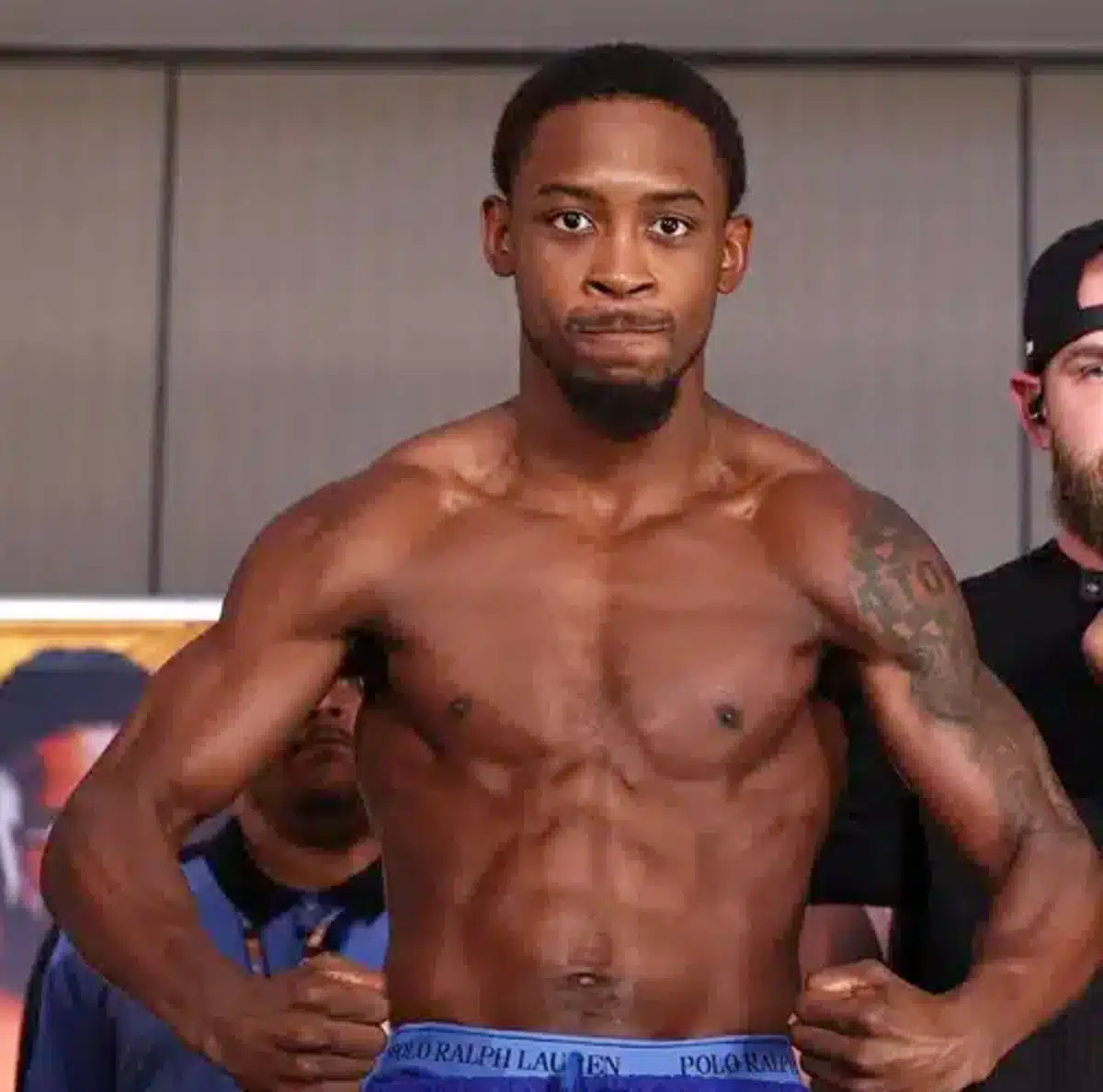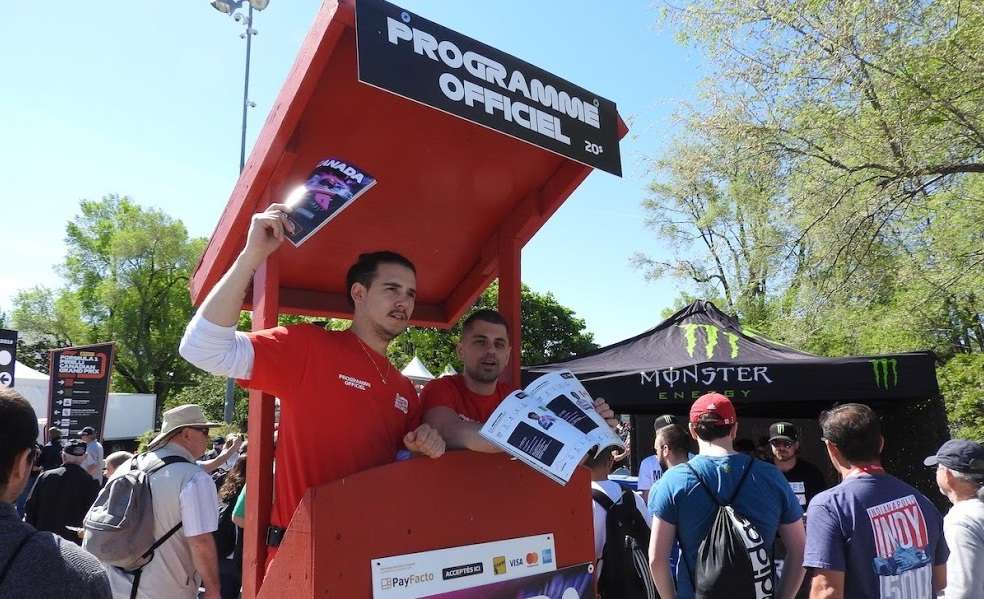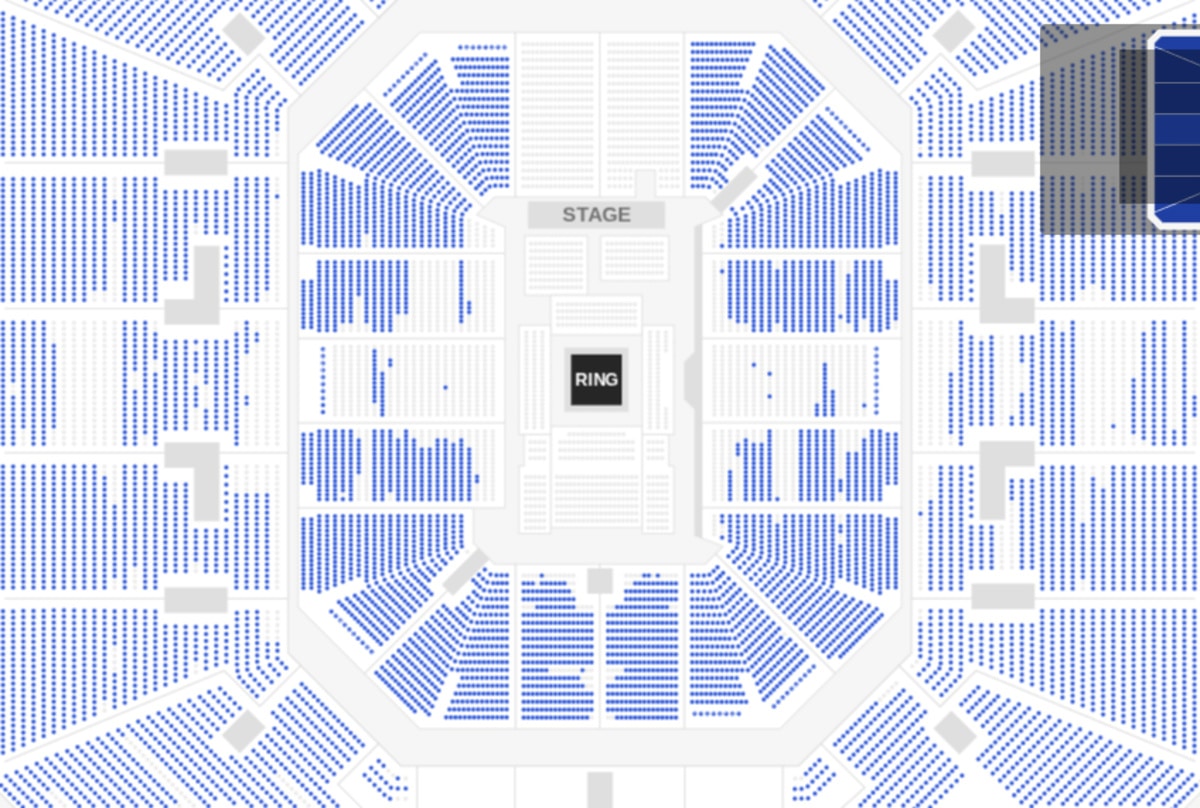Sean Zak
;)
Scottie Scheffler and Gene Sarazen, at PGA Championships separated by more than 80 years.
Getty Images
CHARLOTTE, N.C. — Nearly 70 years ago, the organizers of the PGA Championship found themselves in a dilemma. The P&L came back in the red.
It was 1957, coincidentally one year before the event would be broadcast on TV for the first time, and long before the world realized the value of television rights. That ’57 PGA returned a $9,000 deficit — the equivalent of about $100,000 today — causing the PGA of America to react in the harshest way, shifting its format from match to stroke play. Conveniently, in 1958, the match-play runner-up, Dow Finsterwald, became the stroke-play champion. The governing body never looked back.
Sixty-seven years later, the PGA is now the most erratic of the four men’s majors. The one most lacking a core identity. What will the winning score be? What kind of course will host in the future? The most constant thing about the PGA is the 20 spots it gifts to PGA of America club professionals, who routinely show their game is a cut below their PGA Tour counterparts. Its rota of courses doesn’t have an obvious through-line, and the irregularity of the winning scores shows it. Give the players in the field the choice of which major they’d want most, and they’re choosing the Masters first, the Opens next, and likely the PGA last.
We’d like to fix that. Here’s how.
How I’d Fix the PGA Championship
You could easily create mood boards for the other majors. The Masters is springtime. Augusta National, flowers, the green jacket. The U.S. Open is … just that. Open to all, and if you ask the USGA, it is played exclusively at cathedrals of American golf. Oakmont, Shinnecock, Pebble, Pinehurst. The Open Championship is dull in color but full of life. Black and white photos, the birthplace of the game, dark blue, soft heather, wind and rain and a trophy named for wine.
As for that PGA mood board, it feels frustratingly vague for anyone not employed by the PGA of America. Justin Thomas and Jon Rahm were asked Tuesday morning for their perception of what a PGA Championship course is, what the tournament feels like, and both were mostly stumped.
I’d like it to become a gauntlet again. With champions playing more than 100 holes from start to finish, looking like that popular Popeyes worker meme, exhausted and hunched over, elbows on their knees … the Wanamaker Trophy at their side.
We do that by starting the PGA Championship a day early, on Wednesday, the first of two stroke-play rounds. One hundred and thirty-two players will make a plenty deep field, and they’ll all get 36 holes to prove they belong before the field is cut to just 32 and sequenced into a match play bracket.
By the end of major championships, we often see pros exhausted mentally. (Don’t worry, they’ll get there next month at punishing Oakmont.) But we don’t often see them exhausted physically, digging deep into whatever energy remains in their cells. That’s how this sport used to be, with the final four matches of the PGA played out over 36 holes. Take the 1941 PGA Championship, for example.
Byron Nelson took 18 holes to win his opening match, 18 holes to win his second round matchup, beat three-time major champ Ralph Guldahl in 33 holes, beat Ben Hogan in 34, topped Gene Sarazen in 35, only to lose in 38(!) holes to a man named Vic Ghezzi, a man who barely has a Wikipedia page, but damnit he has his gladiatorial major. Nelson played 176 holes that week, all for second place.
;)
In our new-look PGA, Friday would feature 16 matches, pitting No. 1 on that 36-hole leaderboard vs. No. 32, No. 2 vs. No. 31, 3 vs. 30, and so on. Winners advance, losers go home. Just 18-hole matches, though, nothing crazy, because today’s modern golfer is quick to moan about changes to their status quo. They’d hate the idea of a Vic Ghezzi win, saying match play doesn’t always procure the greatest golfer that week.
But isn’t that part of the point of major championships? These tournaments are not supposed to mimic everything pros are used to each week. And with the absence of a match play event on the Tour calendar — but prevalent at every other level of the sport — it’s more an opportunity for uniqueness than anything else. Last year’s 36-hole leaderboard would have offered something like Tony Finau vs. Rory McIlroy in the first round of match play, with the winner slotted to (likely) take on Scottie Scheffler. The winner of that might’ve locked horns with Brooks Koepka, only to find Xander Schauffele waiting in the Elite 8.
Get through all that — plus a couple of Final 4 matches — and you’ve earned something special. Plus a much-needed vacation.
;)






